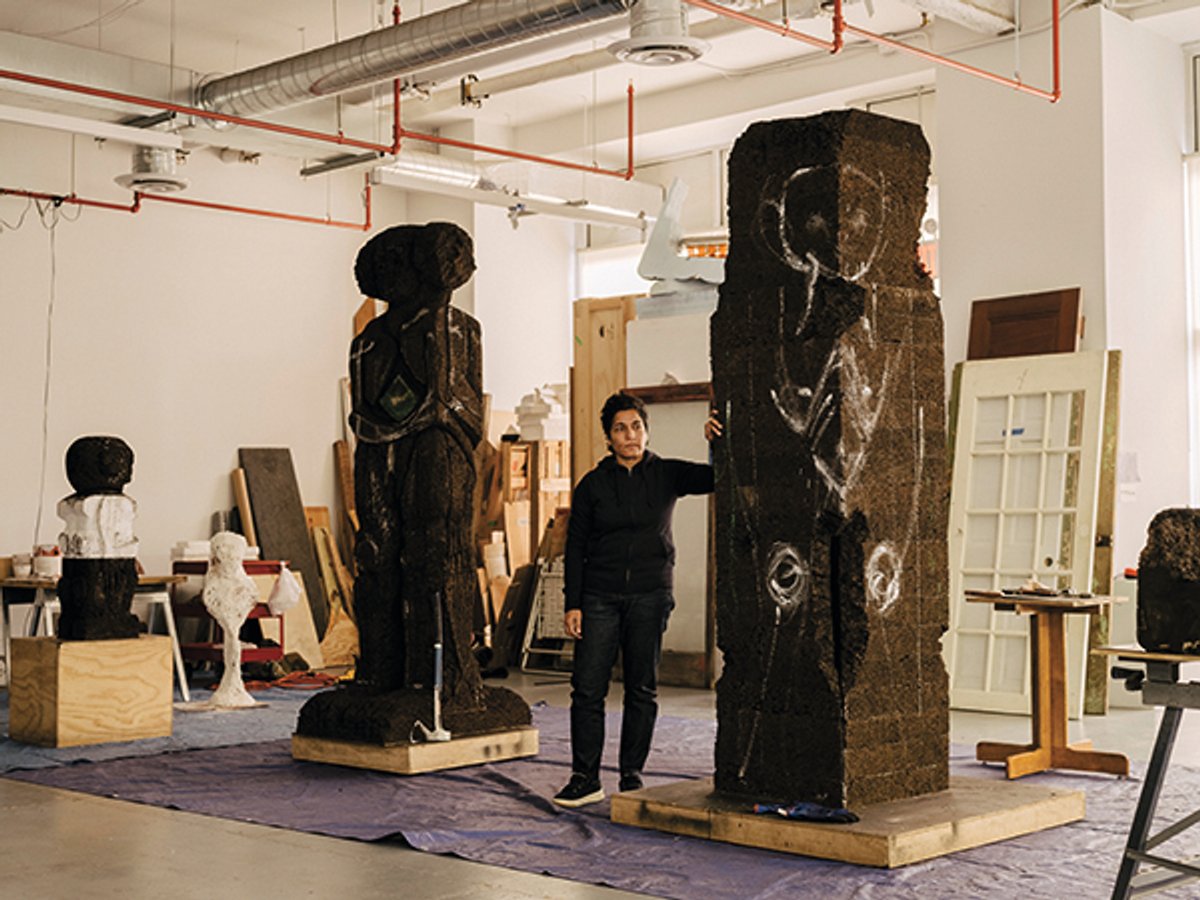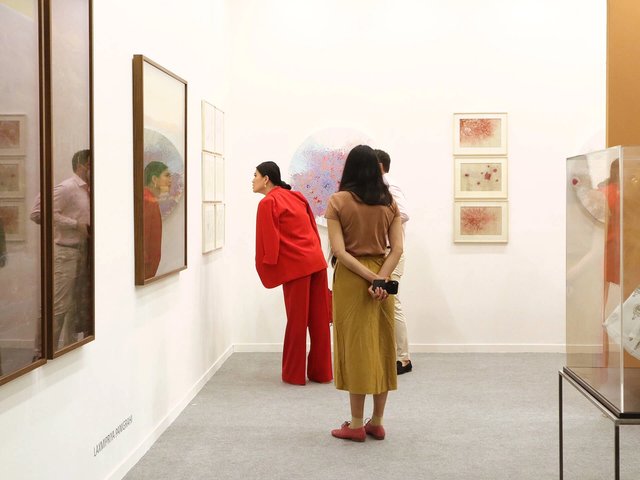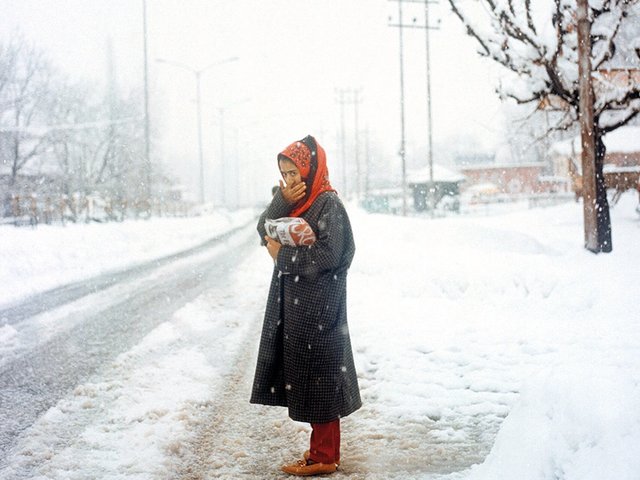At the time of writing, India and Pakistan are observing a truce, but their latest military flare up—which began after a deadly 22 April terrorist attack in Indian-administered Kashmir—has driven home the fact that bilateral relations are not improving anytime soon, a sentiment that is deeply felt within the Indian art sector.
“The situation here is toxic,” says an Indian gallerist, who wishes to remain anonymous. “The scariest thing is how normalised the call for war is now, even within the so-called leftist art world.” After a period of relative cordiality in the 2000s, relations between the two nations worsened upon Narendra Modi’s election as India’s prime minister in 2014, and one of the myriad casualties is the cross-border art trade. This is why cultural exchanges between the two countries so often take place thousands of miles away, in cities such as Dubai, New York and, most prominently, London.
The irony is lost on no one that the seat of the British Empire, whose rule and hasty exit from the subcontinent lies at the root of the present conflict, should play host to fertile artistic exchanges between India and Pakistan, but right now in London there are multiple examples of collaboration.
Last month, the Barbican opened a show bringing together the work of the Pakistani artist Huma Bhabha and the Swiss sculptor Alberto Giacometti. Shanay Jhaveri, the exhibition's curator and the Barbican's head of visual arts, believes "it could be complicated to stage this exhibition in India at the moment".
Pertinently, the exhibition connects the two artists through their engagement with war and its aftermath. "Works by both artists powerfully summon the repercussions of ongoing conflicts on everyday life," Jhaveri says. While Giacometti's ragged, attenuated sculptures reflect the horrors of the Second World War, Bhabha's totemic hybrid figures address the permanence of global warfare in the modern age. As Jhaveri adds, "the exhibition title says it best, Nothing is behind us."
Less than two miles west at the School of Oriental and African Studies (Soas) is a South Asian group show organised by the Pakistani artist Salima Hashmi and the Indian curator Manmeet K. Walia. Presenting more than 25 artists, it is a rare opportunity to see artists like the Hyderabad-born painter Varunika Saraf and the Lahori artist Aisha Abid Hussain exhibited together. The show includes a collaborative textile work made by an Indian and a Pakistani artist—Maheen Kazim and Purvai Rai—which uses Punjabi weaving traditions that were largely lost after Partition. The work's references to the Punjab's rivers have taken on a bleak new relevance amid India's recent suspension of the Indus Water Treaty, which aims to deny Pakistan crucial access to fresh water.
Later this year, the Royal Academy of Arts opens a show of the Indian sculptor Mrinalini Mukherjee, for which a Pakistani collector, Taimur Hassan, will be the chief lender.
In central London, two Indian galleries recently exhibited Pakistani artists as part of South Asian group shows. Underlining the febrile mood in India, the gallerists asked for neither them nor their artists to be identified for safety reasons. “The cultural industry will hope and continue to be the bridge between two the countries,” a Mumbai gallerist tells me.
- Huma Bhabha: Encounters: Giacometti, Barbican, London, until 10 August
- (Un)Layering the Future Past of South Asia: Young Artists’ Voices, Soas Gallery, London, until 21 June
- A Story of South Asian Art: Mrinalini Mukherjee and Her Circle, Royal Academy of Arts, London, 31 October-24 February 2026





